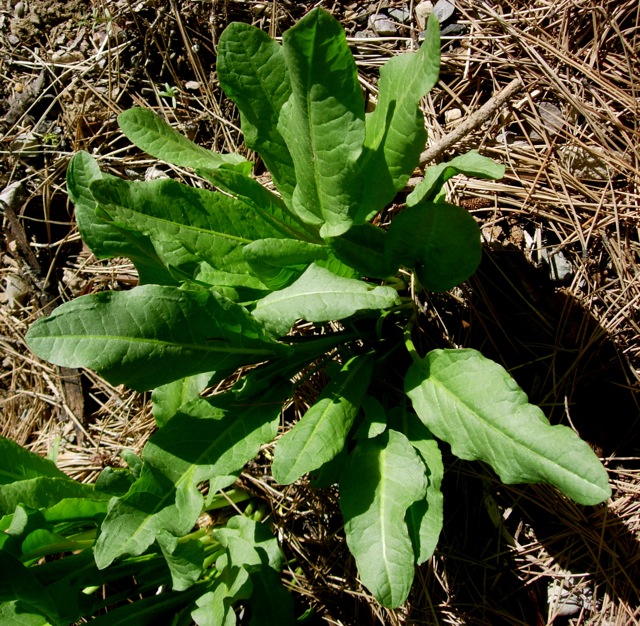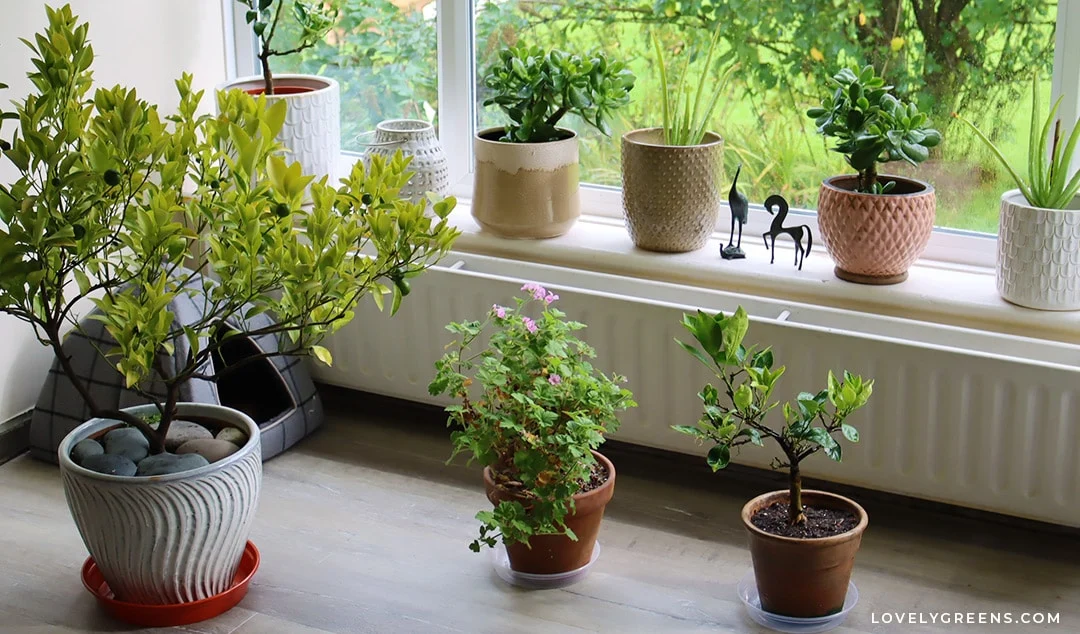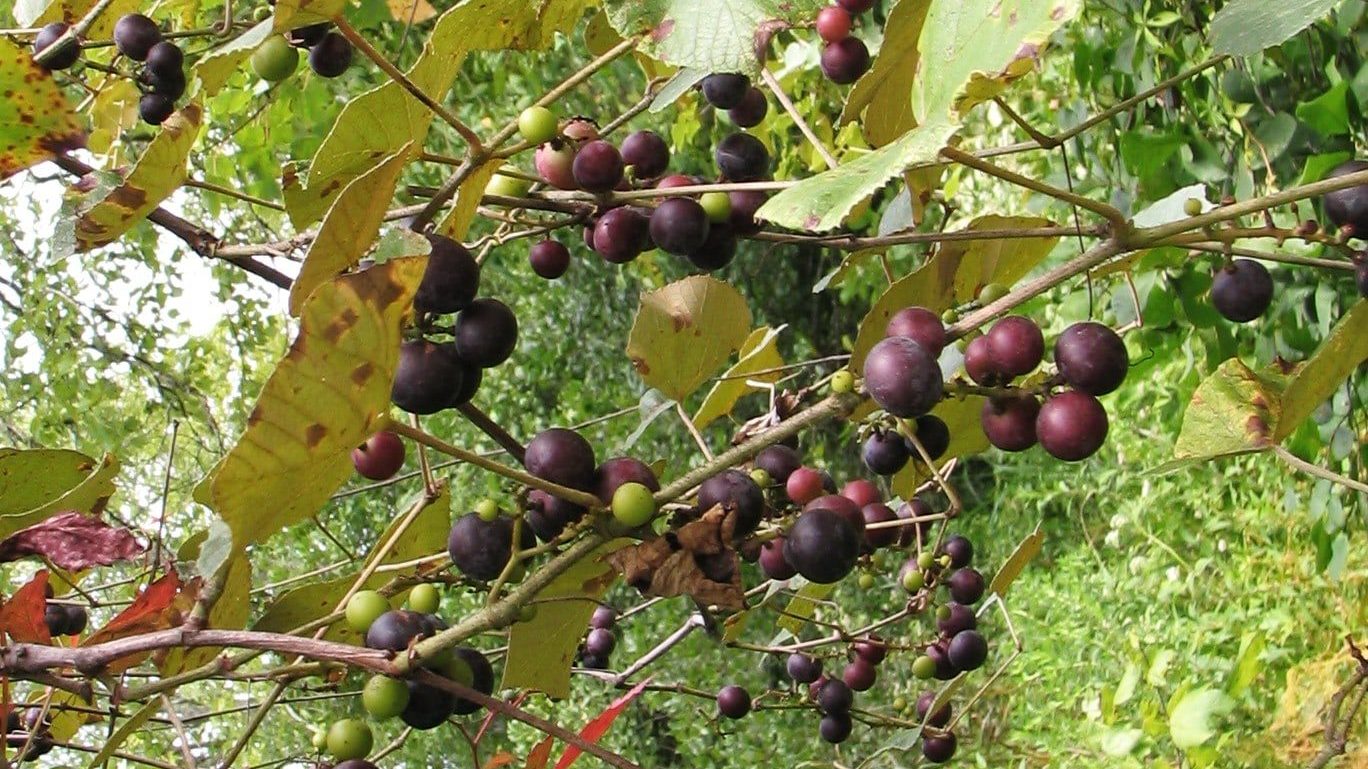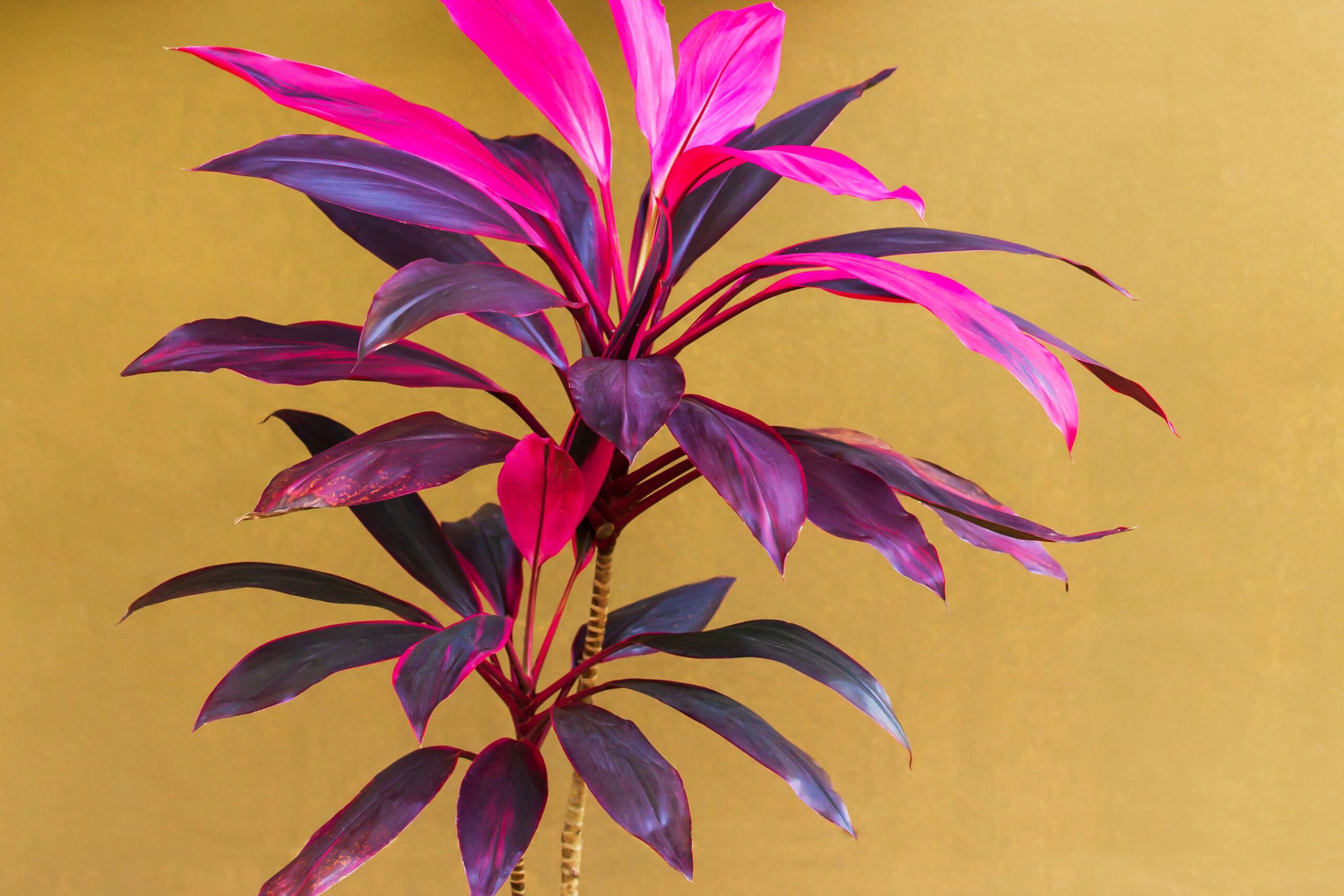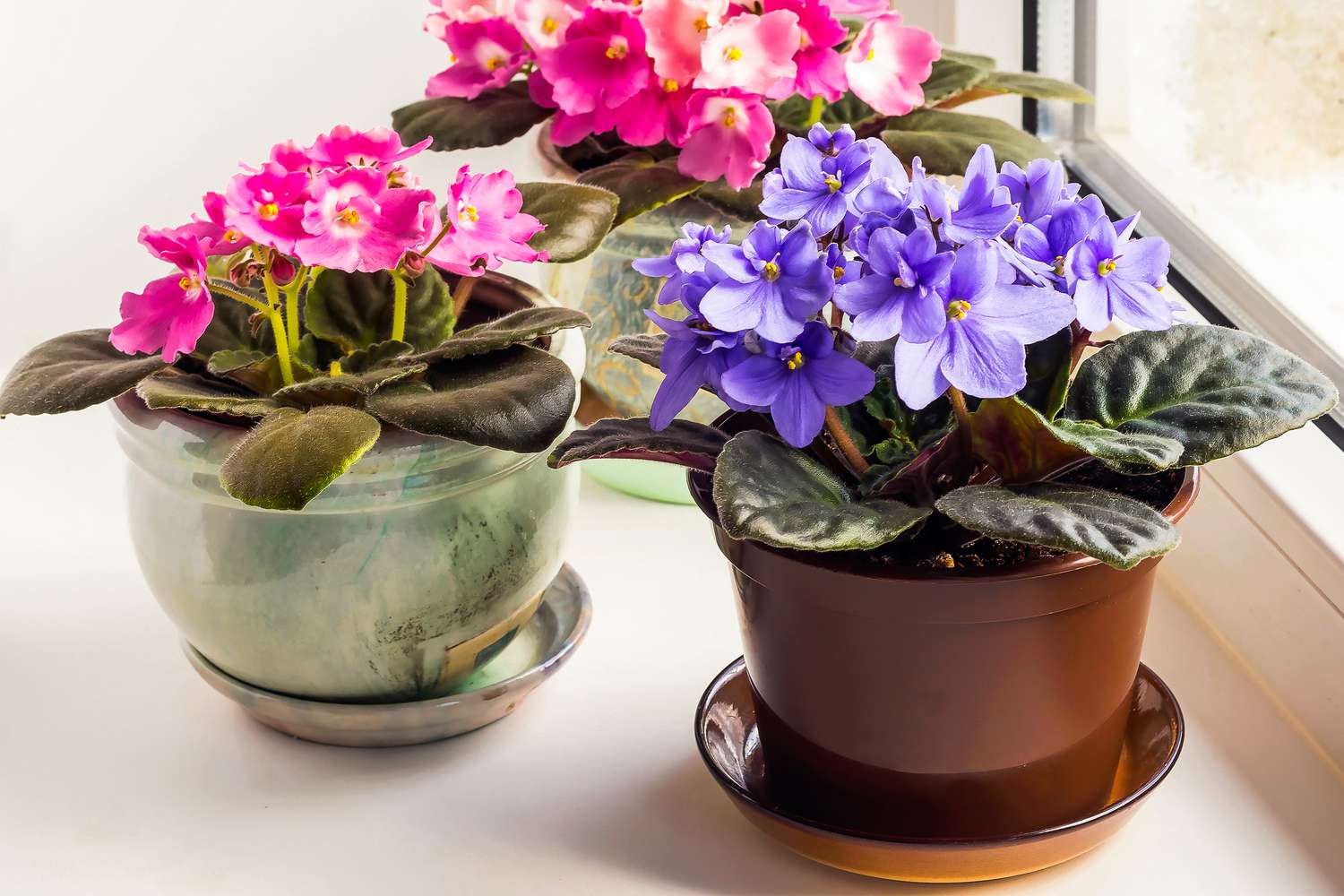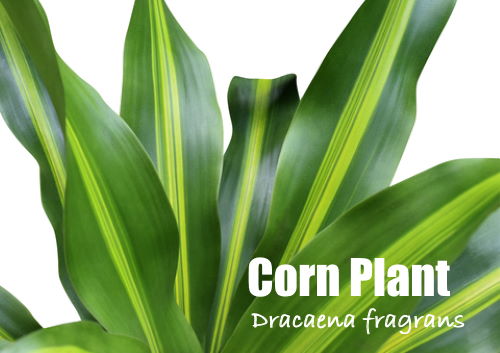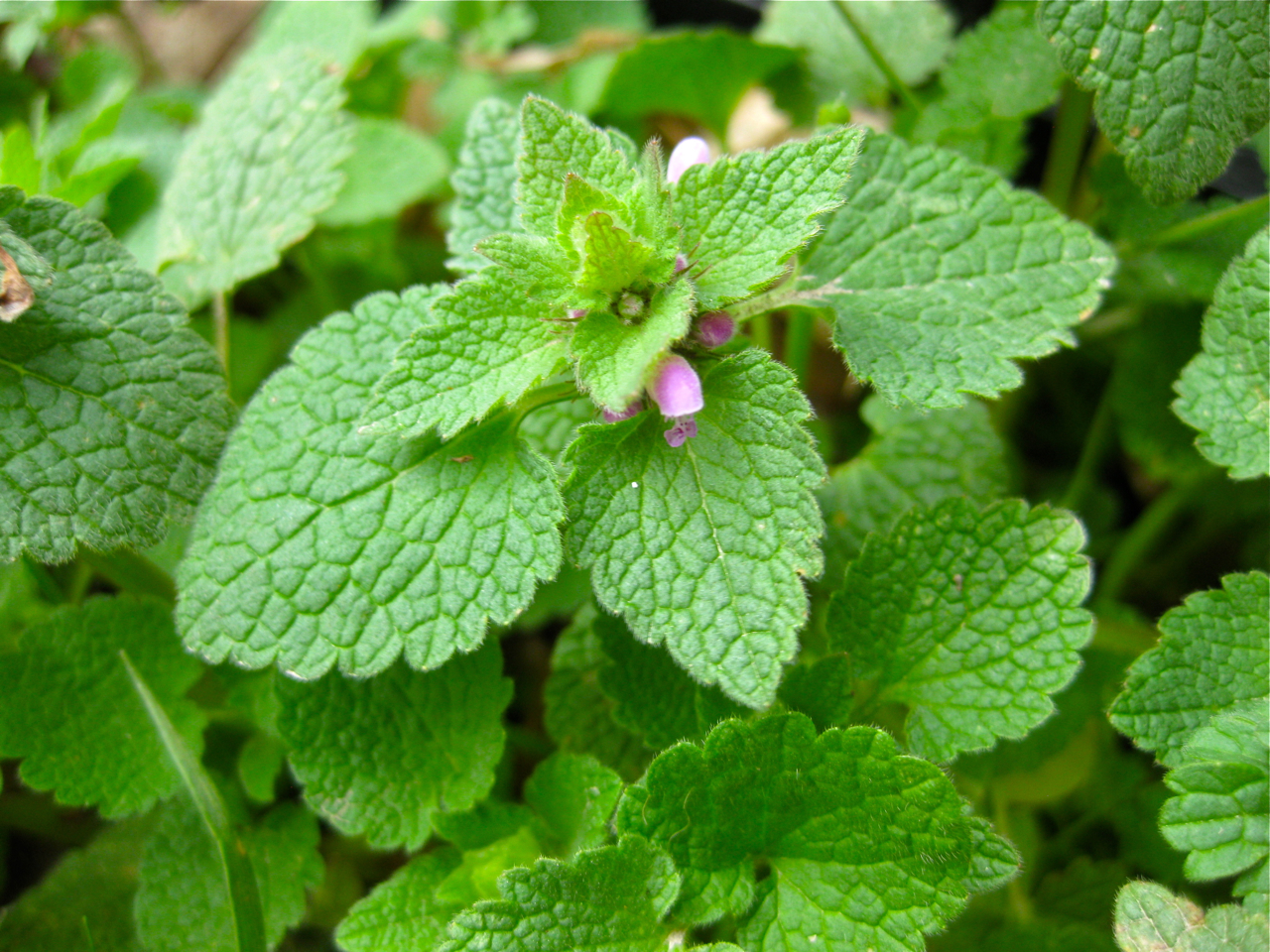Indoor edible plants include herbs, root vegetables, and greens that can be grown indoors for food. Some popular options include parsley, basil, carrots, microgreens, lettuce, and mint.
Growing indoor edible plants is a great way to have fresh produce year-round, and it can also add beauty to your indoor space. In addition, growing your own food can be a sustainable and cost-effective option, as you can avoid purchasing produce that may have been treated with pesticides or traveled long distances to reach your local grocery store.
With the right lighting, soil, and container, anyone can start their own indoor edible garden.

Credit: www.fix.com
Benefits Of Growing Indoor Edible Plants
Indoor edible plants offer numerous advantages, making them a delightful addition to any home. Not only do they provide a convenient source of fresh produce, but they also contribute to a healthier indoor environment.
Fresh Produce At Your Fingertips
With indoor edible plants, you have the luxury of having fresh produce available right in your own home. Whether it’s flavorful herbs like basil and rosemary, or crunchy veggies like carrots and radishes, you can simply pluck what you need as you prepare your meals.
Enhances Indoor Environment
Indoor edible plants not only add aesthetic appeal to your living space but also improve the air quality. These plants help in reducing indoor air pollution and creating a refreshing atmosphere. Furthermore, tending to these plants can be a therapeutic and stress-relieving activity.
Popular Indoor Edible Plants
When it comes to indoor gardening, growing edible plants can be a rewarding and practical endeavor. Whether you have limited outdoor space or simply want to have fresh produce at your fingertips year-round, cultivating popular indoor edible plants is an excellent option. Let’s explore some of the most sought-after indoor edible plants, including herbs, root vegetables, and greens, that you can easily grow in your home.
Herbs
Herbs are a popular choice for indoor edible plants due to their versatility and aromatic qualities. They thrive in sunny windows and can be used in cooking, teas, and for their medicinal properties. Some of the most popular herbs to grow indoors include:
- Basil: This fragrant herb is a staple in many cuisines and adds a fresh, sweet flavor to dishes.
- Mint: With its refreshing taste, mint is perfect for teas, cocktails, and desserts.
- Parsley: A versatile herb that can be used as a garnish or added to soups, salads, and sauces.
- Thyme: Known for its earthy and aromatic flavor, thyme is a great addition to savory dishes.
Root Vegetables And Greens
While root vegetables and greens may not be the first thing that comes to mind for indoor gardening, they can thrive in containers and provide a fresh supply of produce. Some popular choices for indoor cultivation include:
- Carrots: These crunchy and sweet root vegetables can be grown in deep containers with well-draining soil.
- Spinach: Packed with nutrients, spinach is a versatile green that can be harvested continuously for salads and smoothies.
- Radishes: With their peppery flavor, radishes are quick to mature and can be grown in shallow pots.
- Microgreens: These young vegetable greens are not only nutritious but also add a pop of flavor and color to dishes.
How To Start An Indoor Edible Garden
Are you interested in starting an indoor edible garden but not sure where to begin? Creating an indoor edible garden can be a rewarding and practical way to enjoy fresh produce year-round. Whether you have a green thumb or are new to gardening, growing edible plants indoors is a fun and sustainable way to add flavor and nutrition to your meals. Here’s how you can get started on your indoor edible garden adventure.
Selecting The Right Indoor Space
When starting an indoor edible garden, it’s crucial to choose the right space for your plants to thrive. Look for an area in your home that receives plenty of natural light, such as a sunny windowsill or a well-lit corner. If natural light is limited, consider using artificial grow lights to provide the necessary light for your plants. Avoid areas near cold drafts, heat vents, or fireplaces, as extreme temperatures can negatively impact plant growth.
Choosing The Best Plants For Indoors
Not all plants are well-suited for indoor growing, so it’s essential to select varieties that are conducive to indoor environments. Herbs like parsley, cilantro, and mint are popular choices for indoor edible gardens due to their versatility and compact growth habits. Additionally, leafy greens such as kale, lettuce, and spinach are excellent options for indoor cultivation. When choosing plants, opt for compact varieties that are well-suited for container growing and don’t require an excessive amount of space.
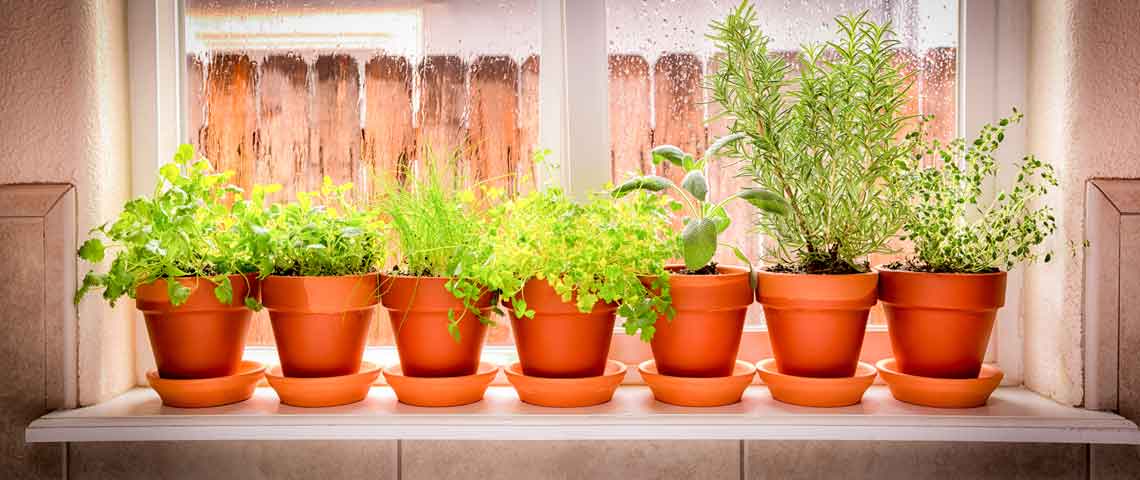
Credit: www.pennington.com
Ideal Conditions For Indoor Edible Plants
When it comes to growing edible plants indoors, creating the ideal conditions is essential for their success. Providing the right light, temperature, and humidity levels can make a significant difference in the growth and yield of indoor edible plants. Let’s explore the specific requirements for cultivating these plants within the confines of your home.
Light Requirements
Indoor edible plants thrive in bright, indirect sunlight. Placing them near south or west-facing windows can provide the necessary light they need for photosynthesis. If natural light is insufficient, supplemental grow lights can be used to ensure optimal light levels for the plants.
Temperature And Humidity Considerations
Maintaining a consistent temperature between 65-75°F (18-24°C) is ideal for most indoor edible plants. Additionally, moderate humidity levels ranging from 40% to 60% help create a conducive environment for their growth. Using a humidifier or pebble tray can assist in maintaining the required humidity levels.
Tips For Growing Edible Plants Indoors
Indoor edible plants not only add freshness to your living space but also provide you with a readily available source of herbs and vegetables for your culinary creations. Growing edible plants indoors can be a rewarding experience, especially when you follow these essential tips.
Selecting Proper Containers
When selecting containers for your indoor edible plants, opt for pots that have drainage holes to prevent waterlogging and ensure proper root aeration. Choose containers that are the right size for the plant’s root system to avoid overcrowding.
Using Quality Potting Soil
For optimal growth, use high-quality potting soil specifically formulated for container plants. Consider using a nutrient-rich organic potting mix to provide your indoor edible plants with essential nutrients for healthy development.
Edible Plants That Thrive Without Sunlight
Discover a variety of indoor edible plants that flourish without sunlight. From leafy greens like kale and lettuce to herbs such as parsley and mint, elevate your cooking and kitchen decor effortlessly. Embrace easy-to-grow options like arugula, bok choy, and microgreens for a delightful indoor garden experience.
Leafy Greens
Kale, lettuce, spinach, arugula, and chard are leafy greens that thrive in shade, making them ideal choices for indoor cultivation.
Shade-tolerant Fruits And Vegetables
When it comes to shade-tolerant fruits and vegetables, consider options like strawberries, carrots, and beets that can flourish without direct sunlight.
Root vegetables and leafy greens are excellent choices for indoor edible gardening without direct sunlight.
With proper care and attention, you can enjoy a bountiful harvest of fresh produce right in the comfort of your home, even without abundant sunlight.
Best Edible Indoor Plants To Grow
When it comes to growing your own food at home, indoor edible plants are a fantastic option. Not only do they provide a fresh and convenient source of herbs and vegetables, but they also add a touch of greenery to your indoor space. Whether you have a sunny window or need to supplement with additional light, there are plenty of options for cultivating delicious and nutritious edible plants indoors.
Arugula
Growing arugula indoors is a great way to enjoy its peppery leaves in salads, sandwiches, and as a garnish for various dishes. This fast-growing green is well-suited for indoor cultivation and requires minimal space, making it an ideal choice for indoor gardening.
Microgreens
Microgreens are young vegetable greens that are harvested at an early stage, just after the first true leaves have developed. These nutrient-packed greens are easy to grow indoors and can be enjoyed in a variety of dishes, adding a burst of flavor and a nutritional boost to your meals.
Lettuce
With its relatively shallow root system, lettuce is well-suited for indoor cultivation in containers. Whether you prefer crisphead, romaine, or loose-leaf varieties, growing lettuce indoors allows you to enjoy fresh, homegrown salads year-round.
Swiss Chard
Swiss chard is a versatile and nutritious leafy green that thrives in indoor environments with ample sunlight. Its colorful stems and glossy leaves not only add visual appeal to indoor gardens but also provide a rich source of vitamins and minerals for your culinary creations.
When it comes to selecting the best edible indoor plants to grow, consider the available space, light conditions, and your personal preferences. Whether you’re a seasoned gardener or just starting out, cultivating these indoor edible plants can be a rewarding and enjoyable experience.
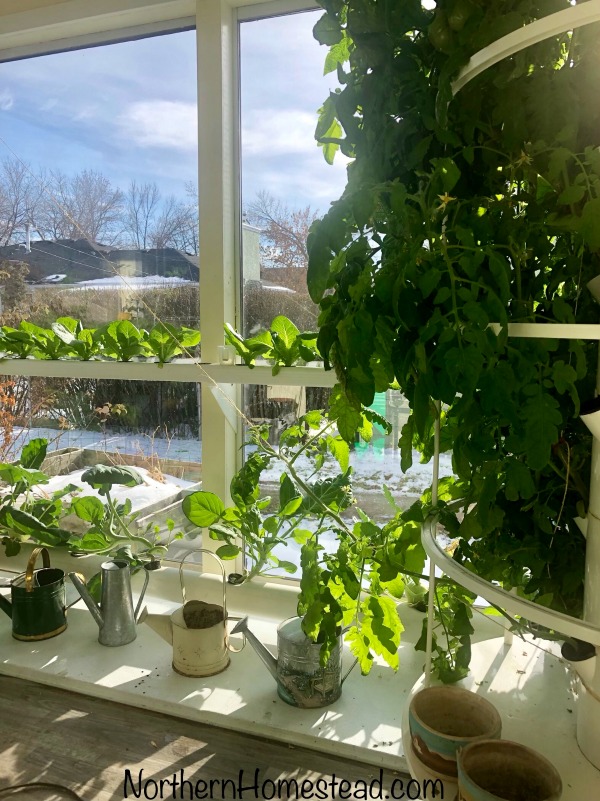
Credit: northernhomestead.com
Frequently Asked Questions
Are There Any Edible Indoor Plants?
Yes, there are many edible indoor plants that can be grown easily. Some popular choices include herbs like parsley, cilantro, and thyme, as well as root vegetables like carrots and radishes, and greens like spinach and lettuce. These plants can be grown in containers and placed in sunny windowsills, making them a great addition to any indoor space.
What Plants Can You Grow Indoors For Food?
Herbs like parsley, cilantro, oregano, mint, and thyme are great indoor edible plants. Root vegetables such as carrots, beets, and radishes, as well as greens like spinach, Swiss chard, and lettuces, can also be grown indoors. Leafy greens like kale, lettuce, spinach, arugula, and chard are tolerant of shade and can grow without sunlight.
Choose an indoor space with good light, select containers with drainage holes, and use high-quality potting soil for best results.
How To Grow An Indoor Edible Garden?
To grow an indoor edible garden, choose a sunny spot, use containers with drainage, and quality potting soil.
Are There Any Edible Plants That Can Grow Without Sunlight?
Yes, leafy greens such as kale, lettuce, spinach, arugula, and chard can grow without sunlight indoors.
What Are The Best Edible Indoor Plants?
Herbs like basil, mint, and rosemary are popular choices for indoor edible plants due to their versatility and ease of cultivation.
Conclusion
Growing indoor edible plants offers a convenient way to enjoy fresh produce year-round. From herbs to leafy greens, there are plenty of options to choose from. With proper care and light, you can elevate your cooking and add charm to your living space.
Start your indoor garden today!


